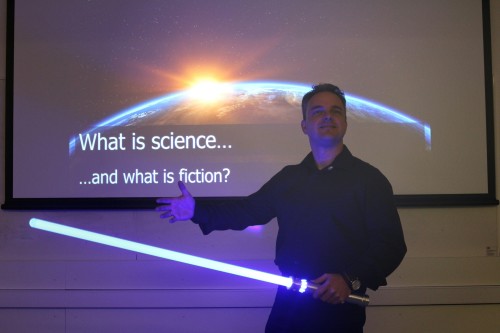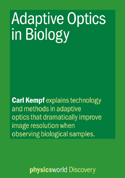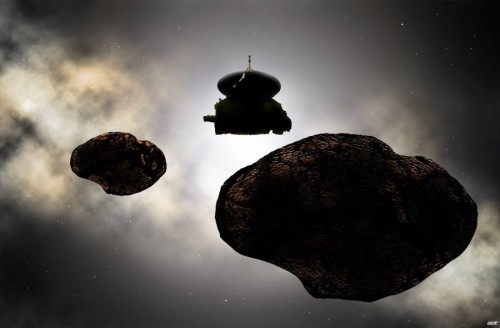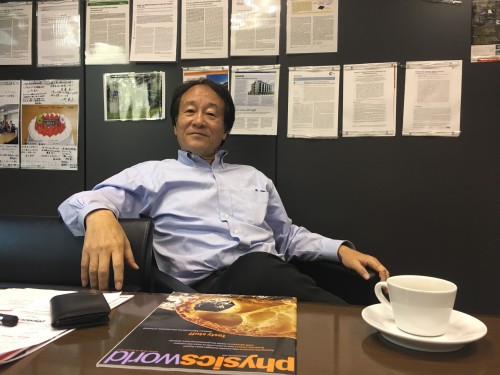By Tushna Commissariat
The first week of December can only mean one thing – it’s time to reveal the shortlist for the Physics World book of the year. We’ve based our choice on the 54 books we’ve reviewed over the last 12 months in Physics World, picking our favourite 10 using the same three criteria that have been in place since we launched our book of the year award in 2009. These are that the books must be well written, novel and scientifically interesting to physicists.
Following on from a tumultuous 2016, this year has seen much political strife and human-rights crises, along with the rise of the unexpected demon of “fake news”. Unsurprisingly, the books we reviewed in Physics World this year reflected a lot of these global issues, which means that, along with the usual mix of popular-physics titles, the 2017 shortlist has a few books that at first sight might not seem to have direct links to physics. However, we feel these titles are nevertheless important and relevant to physicists (and of course scientists in general).
Given the number of strong and interesting books on our shortlist, it’s going to be hard to pick a single winner. That, however, is what we shall endeavour to do, via the Physics World podcast next week, when we’ll announce the award-winning book and discuss some of our other favourites on the shortlist. Let us know which ones you have read and are your favourite, and which you may be adding to your Christmas list.


 By Matin Durrani
By Matin Durrani




